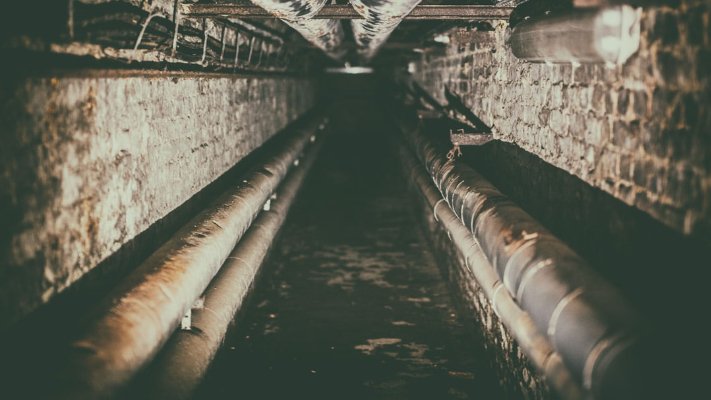Millions of homes are made with crawl spaces and most homeowners never even think about them. The crawl space is a small area beneath the home where plumbing pipes and sometimes electrical wires and other infrastructure is run. This gives people access to these pipes and infrastructure, making problems easier to repair. But if you don’t know how to keep your crawl space dry, then you’re inviting problems to happen. It’s not good for your crawl space to have moisture in it. There are lots of reasons why this can be a huge hazard and why you want to find out exactly how to keep your crawl space dry to keep your infrastructure strong.
Why You Need to Know How to Keep Your Crawl Space Dry
Moisture encourages the growth of mold and mildew, which can be extremely harmful to human health. Mold and mildew have an ability to spread and grow, and may ultimately get inside your home to decrease air quality and potentially spread health problems. Moisture also attracts animals of all types. Crawl spaces are often big enough to house rats, mice, raccoons, and other pests who will eat through insulation and wires and sometimes even damage plumbing pipes.
Information from the Mayo Clinic shows that 93% of chronic sinus infections have been attributed to mold. This is just one way that mold can have a poor effect on overall health. Mold removal can be a big process. It’s better to prevent the growth of mold in the first place so you never have to deal with this problem.
You don’t want mold and mildew growing beneath your house as festering health problems that can wreak all sorts of havoc. You definitely don’t want all kinds of animals living beneath your home, particularly rodents and bugs that can chew through wood and other materials to find a way inside your house.
Moisture Removal and Prevention in the Crawl Space
It’s not hard to learn how to keep your crawl space dry. There are a few steps you can take in order to keep this area free of moisture. You can even perform crawl space waterproofing to ensure that no moisture will get into this area.
First, remove any plants that are growing near the crawl space. You want to keep plants at least two feet away. Also, make sure there are no plants that could be directing water toward the crawl space. Make sure your gutters aren’t directing water toward the crawl space, either. Keeping your crawl space dry may be as simple as just cleaning up the landscaping around the area.
Check the drainage around your crawl space. Finding out if you have good drainage is as easy as performing a simple test. Full up a large, multi-gallon bucket or pot with water and then pour it out in a controlled stream near the crawl space. Do this at multiple points around the foundation of your home to see if the water goes toward the house or the crawl space, or if it rolls away. If the water moves toward your crawl space or foundation, you need to improve the grade around these areas. All you have to do is add more soil to improve the grade and force water to flow away instead of toward the areas you’re trying to protect.
A moisture barrier is one of the most effective methods for achieving a dry crawl space, and one of the most common fixes you’ll find when you’re trying to learn how to keep your crawl space dry. A moisture barrier is a thick plastic sheet that is placed directly on the floor of the crawl space. If you want to waterproof your crawl space, you’ll have to place a moisture barrier.
What if your crawl space does get moisture in it? Because it’s underground and it’s a small area, your crawl space may have very poor ventilation. This will make it very difficult for the area to dry naturally. Use a crawl space dehumidifier or even a small fan to improve the ventilation and remove moisture. Once you know how to keep your crawl space dry, you won’t need these solutions except in the case of extreme flooding.


